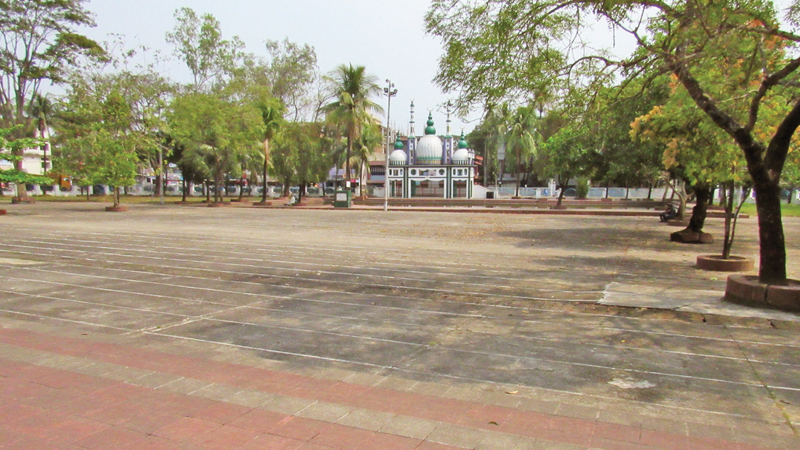16th of December marks the 237th Anniversary of the 1782 Sylhet Uprising against the East India Company, the first uprising against Company rule in the Indian Subcontinent since the Battle of Plassey in 1757. Below is a brief description of the event.
In 1778, the British East India Company appointed Robert Lindsay as the Supervisor or Collector of Sylhet. During his leadership, instead of focussing on administering the region, Lindsay decided to enrich himself by involving himself in private trade.
During this period, Ashraf Ali Khan, the fourth son of Mir Jafar was the Nawab of Bengal and Warren Hastings was the Governor-General. In 1781, the region was afflicted with a major flood. Many farmlands and crops were damaged spreading famine throughout Sylhet. A third of the region’s population died due to its effects. Many of the inhabitants blamed Robert Lindsay for the deaths due to his maladministration and pursuit of personal profits.
In the evening of the 16th December 1782, the Pirzada (guardians of the Sufi Shrine of Shahjalal) led a tazia procession of 300 alongside his brothers, Syed Muhammad Hadi and Syed Muhammad Mahdi (known locally as Hada Miah & Mada Miah). Many local civilians of the Muslim faith were also present during this procession. The parade marched through the Shahi Eidgah in Sylhet. The Mourning of Muharram consisted of a matam as well, which is why blades and swords were carried to the grounds. In a letter to the government at Fort William, Lindsay mentions that the residents first killed Dewan Manik Chand in his house before setting many parts of the town to fire.
Lindsay told the Company Jamadar to ready 20 sepoys (native troops) and go to the Eidgah. Lindsay joined later on, marching with 30 more sepoys towards the Eidgah, with some riding on horses. Armed with contingents, he ordered the rebels to surrender, however they fled towards the hills surrounding the field. This led to Lindsay and his men to attack the rebels and they followed them to the hills. Lindsay approached the Pirzada, ready for a swordfight. The Pirzada broke Lindsay’s sword with his talwar. The jamadar quickly gave Lindsay his pistol. Lindsay then shot the Pirzada, causing him to pass away. The sepoys then discharged a platoon allowing Lindsay to then set off and leave the premise. Both Mada and Hada Miah also died with the latter being shot dead by Lindsay himself.
This first uprising in the subcontinent inspired many others in the subcontinent. It also made the British rule even more unpopular in the Sylhet region, with the death of the Pirzada.
Hada and Mada Miah were buried next to Sylhet Shahi Eidgah at a place now located east of Nayasarak Madrasa and west of Nayasarak missionary church. Nayasarak Madrasa, in the 20th century, was a centre for the Freedom Movement, in the region, led by Mahatma Gandhi.
The northern hill of Sylhet Shahi Eidgah is named after Hada and Mada Miah, who fought on top of that exact hill.
The Pirzada’s Proclamation
আমরা কি ফিরিঙ্গিদের কুকুর যে তাদের হুকুম তামিল করবো?
Amra ki firingidēr kukur je tāder hukum tāmil korbō?
Are we the dogs,xxxxx…… that we take orders from them?
আজ মারবার অথবা মরবার দিন
Aaj mārbār othobā morbār din
Today is the day to kill or to die,
ইংরেজ রাজত্ব আজ খতম
Ingrēz rajotto aaj khotom
The reign of the Raj is at an end
– Pirzada to Lindsay


Very useful information, didn’t know anything about this special day. Thanks for sharing.